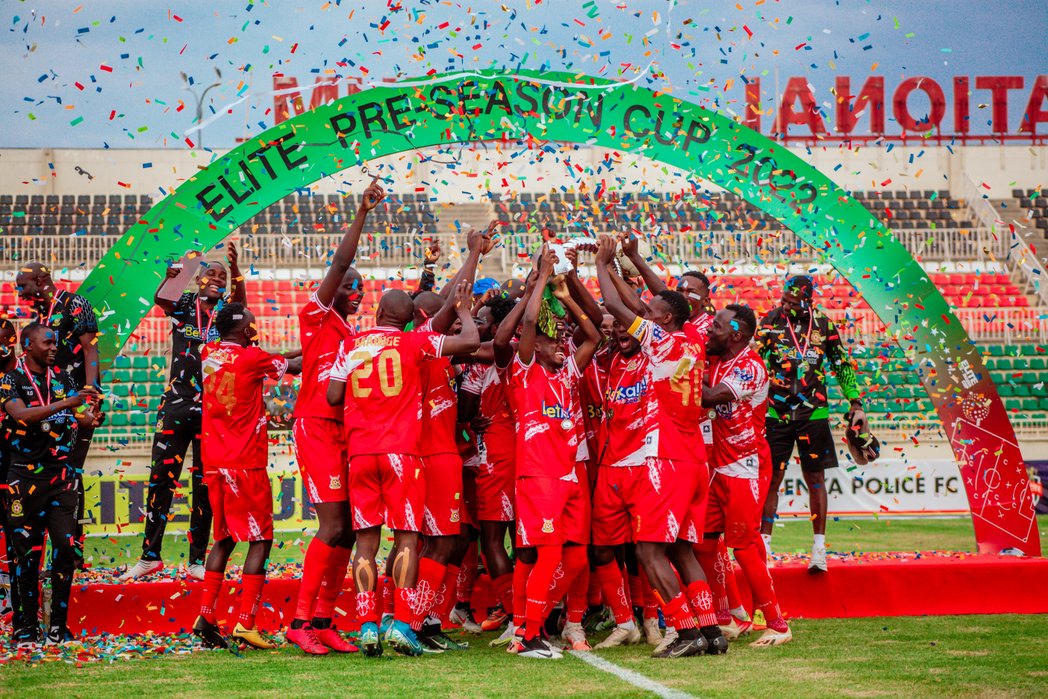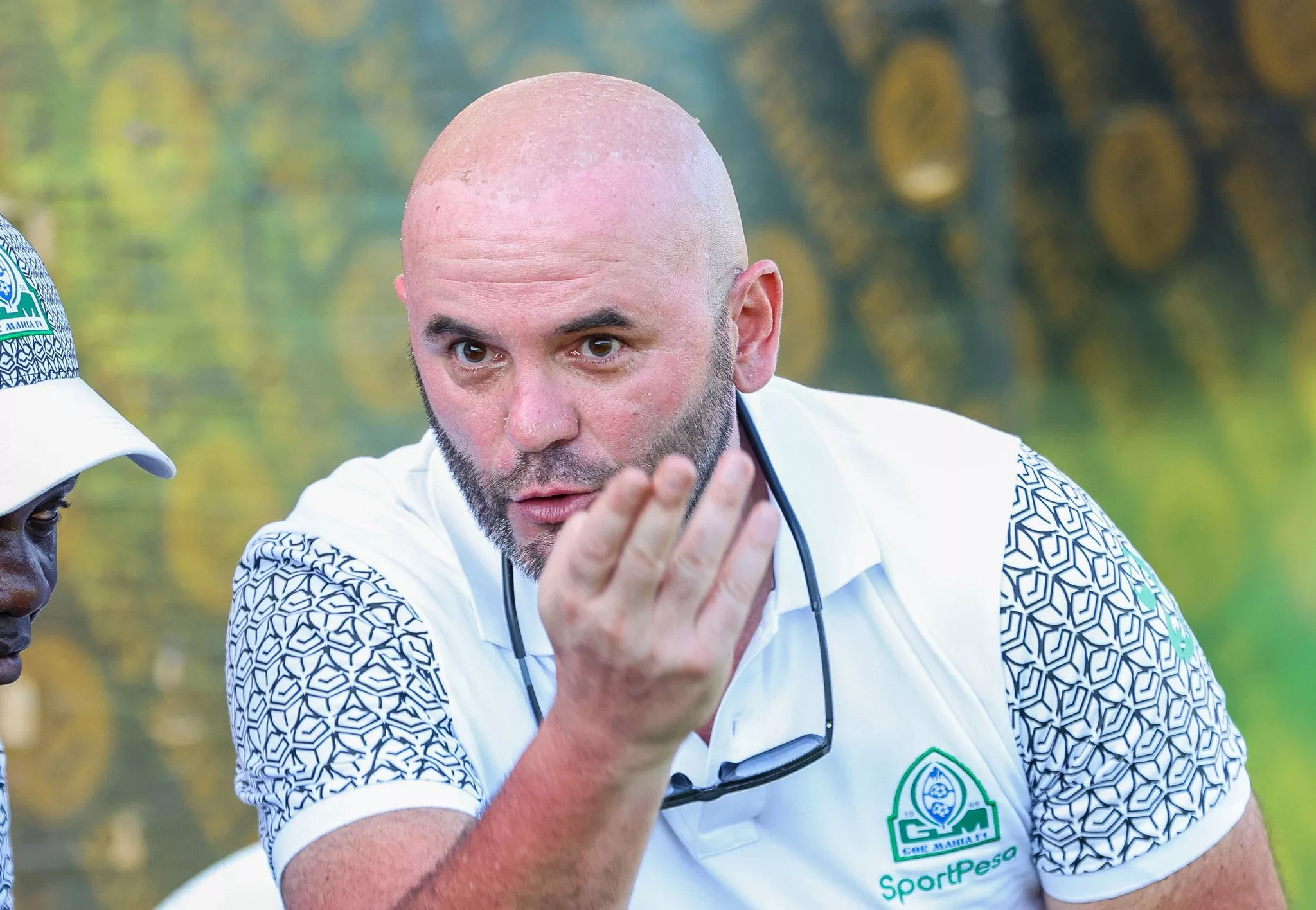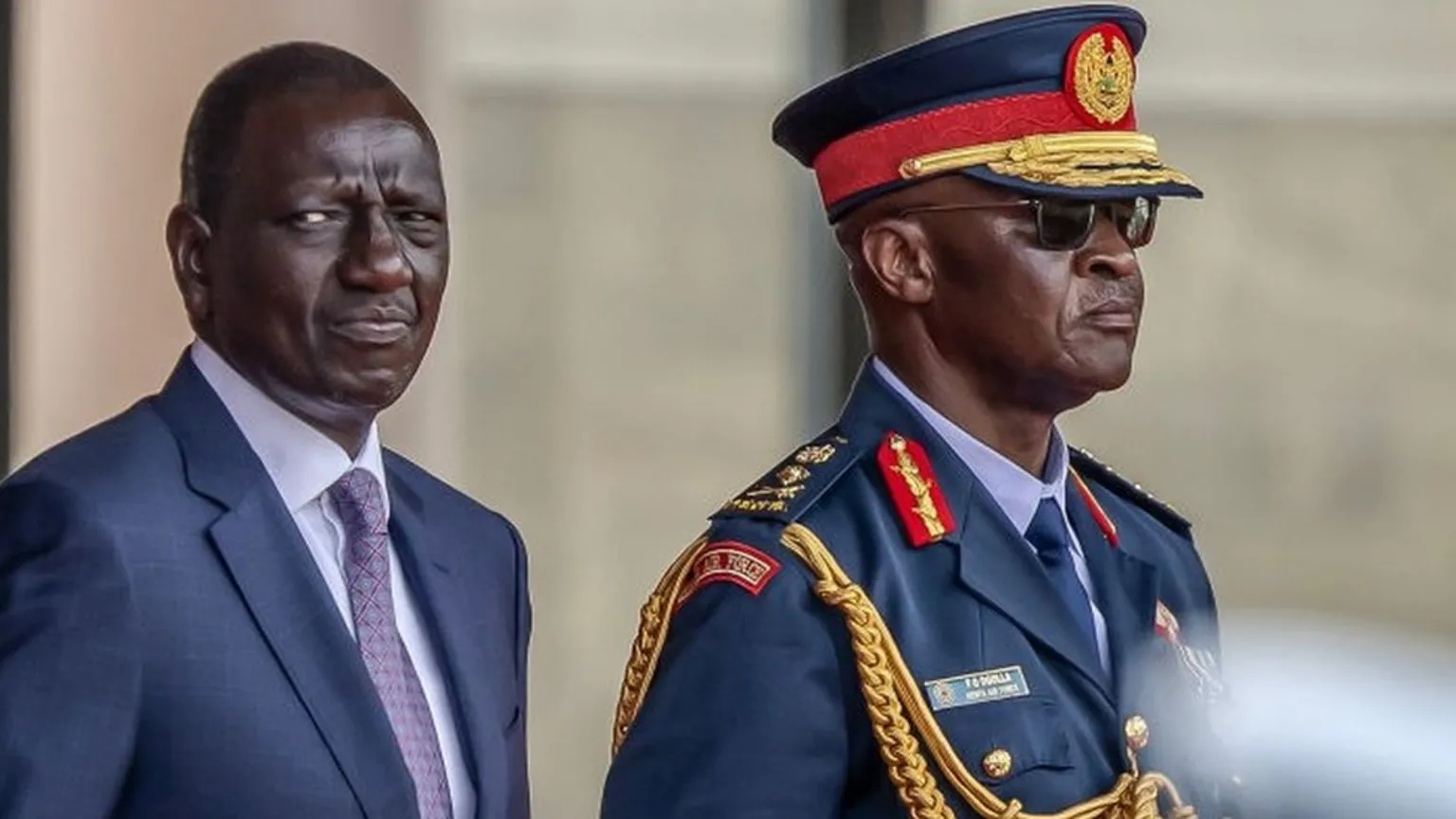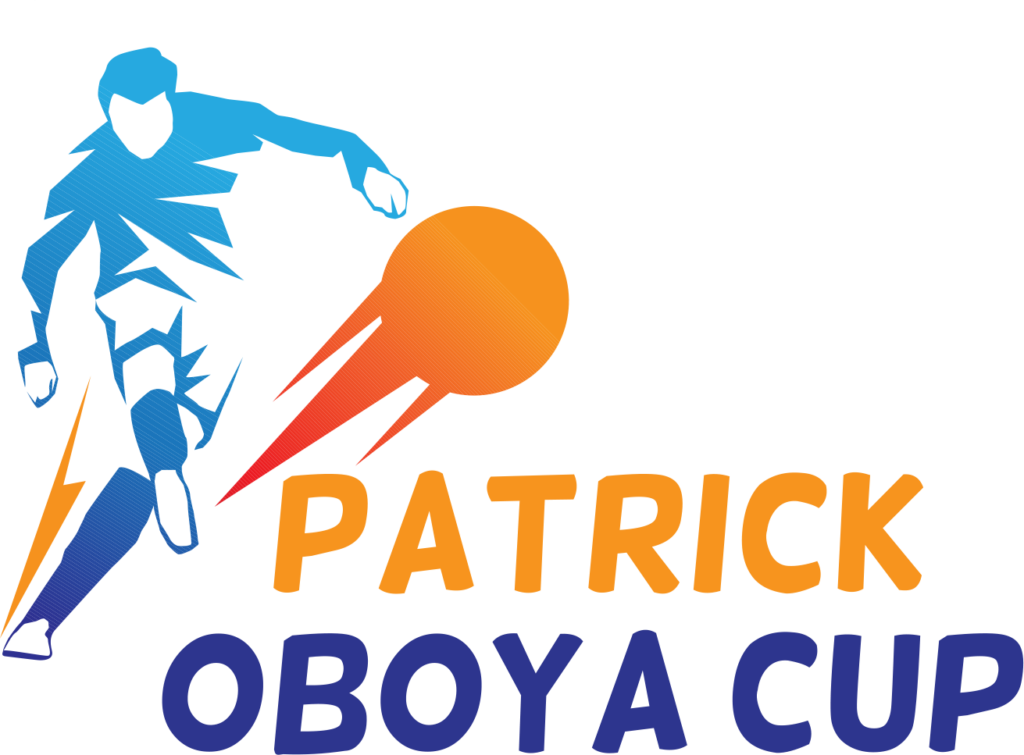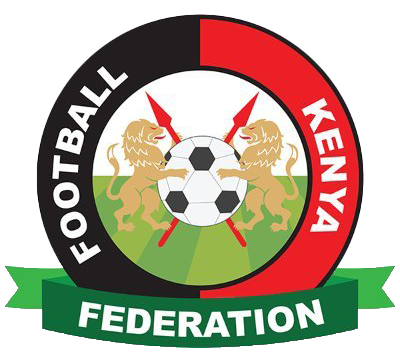In recent years, Kenyan football has witnessed a gradual erosion of its once-formidable financial prowess in attracting sponsors, leaving many teams struggling to make ends meet. The days of yesteryears, when sponsorship deals were abundant, seem like a distant memory, and the reasons behind this decline have become a perplexing puzzle for football enthusiasts. In this article, we delve into the intricate web of factors that have contributed to this diminishing financial might, exploring both the historical successes and the current struggles faced by teams in Kenya’s football landscape.
The Glory Days: A Golden Era of Sponsorship Cast your mind back to the late 1990s and early 2000s, when Kenyan football experienced a surge in sponsorship deals. Back then, teams such as AFC Leopards, Gor Mahia, Tusker FC, and Ulinzi Stars enjoyed robust financial support from a wide array of sponsors. Corporate entities eagerly associated themselves with these clubs, recognizing the massive reach and passionate fan base that football commanded. During this golden era, the Kenya Premier League (KPL) flourished with the backing of sponsors such as East African Breweries Limited (EABL), who famously sponsored the league for several years. This collaboration led to the rebranding of the league as the Tusker Premier League, a move that injected significant financial resources into the sport. The visibility and prestige offered by sponsorship deals attracted both local and international companies, turning football matches into grand stages for their marketing endeavors. Shifts in Sponsorship Landscape: A Multitude of Factors However, over the years, the sponsorship landscape for Kenyan football has undergone a noticeable transformation. Several factors have contributed to the diminishing financial might of the sport, making it increasingly challenging to attract sponsors and sustain financial stability for teams, even in the top flight.
The lack of professionalism and effective governance within Kenyan football has been a significant deterrent for potential sponsors. Sponsors seek to partner with well-structured and transparent entities that can efficiently manage their investments. Unfortunately, instances of mismanagement, disputes, and governance issues have created an environment of uncertainty. These factors have made sponsors hesitant to commit their resources to Kenyan football clubs, fearing a lack of accountability and financial stability. For instance, the Football Kenya Federation (FKF) faced governance issues that resulted in disputes and legal battles. On 10 February, the Football Kenya Federation held elections for a new president, vice-president and new members of the federation’s National Executive Committee (NEC). Prior to the elections, three of the five candidates pulled out of the presidential race, while incumbent president Sam Nyamweya announced his withdrawal during a speech made before voting began. The resulting instability and lack of confidence in the governing body negatively impacted sponsor interest and financial support for the sport.
The lack of significant achievements by Kenyan football teams in international competitions has impacted their sponsorship appeal. Sponsors are drawn to clubs and leagues that can showcase their brand on a global stage. However, Kenyan teams have faced difficulties in making a lasting impact in continental tournaments like the CAF Champions League and the CAF Confederation Cup. This absence of notable accomplishments may lead sponsors to perceive Kenyan football as lacking the necessary competitive edge and international exposure to justify substantial investments. For example, Gor Mahia’s’ failure to progress past the preliminary stages of the CAF Confederation Cup in recent years has limited their visibility, hindering their ability to attract more potential sponsors seeking continental exposure. In 2018, Tusker FC, one of Kenya’s historically successful clubs, experienced financial hardships due to poor league performances. With limited success on the pitch, the club faced challenges in attracting more sponsors, leading to budget constraints and a decline in financial might.
One of the key factors contributing to the struggle of Kenyan football in attracting sponsors is the inadequate investment in infrastructure. Modern football demands top-notch stadiums, training facilities, and reliable infrastructure to foster growth and entice sponsors. Unfortunately, the lack of proper facilities has hindered the development of the sport in Kenya. For instance, teams like Gor Mahia and AFC Leopards have had to contend with outdated stadiums and inadequate training grounds, making it challenging to attract sponsors seeking a strong brand presence.
The prevailing economic challenges in Kenya have further compounded the financial struggles of football. Factors such as inflation, high unemployment rates, and reduced disposable income have limited potential sponsors’ ability to invest in sports. As businesses face financial constraints, they become more cautious about their sponsorship commitments, reducing the available funding for Kenyan football clubs.
The frequent changes and instability in the structure of Kenyan football leagues have hindered the attraction of long-term sponsors. The Kenyan Premier League (KPL) has undergone various rebranding and restructuring efforts, resulting in confusion and inconsistency in the league’s organization. Sponsors value stability and continuity, and the lack thereof in the league structure may make potential sponsors hesitant to commit their resources to Kenyan football. The transition from the Kenya Premier League by the Kenya Premier League Limited to the FKF Premier League to be run by the federation in 2020 created uncertainties and raised concerns about the league’s governance and sustainability. Such transitions can discourage sponsors who seek reliability and a well-established league structure.
A lack of competitive balance within the Kenyan football landscape can also impact sponsorship opportunities. Sponsors are more inclined to associate themselves with leagues that offer intense competition, where any team has a chance to succeed. In recent years, a few dominant teams have consistently controlled the Kenyan Premier League, making the competition predictable and potentially less appealing to sponsors seeking excitement and uncertainty. For instance, Gor Mahia’s continued dominance in the league, winning multiple consecutive titles, may lead sponsors to be less inclined to invest in other teams within the league, reducing the overall financial attractiveness of Kenyan football.
The limited exposure and insufficient broadcast coverage of Kenyan football have hindered its ability to attract sponsors. Sponsors seek visibility and brand recognition, and without extensive media coverage and broadcasting agreements, Kenyan football struggles to reach a wider audience. The lack of comprehensive coverage restricts potential marketing opportunities for sponsors, making it less enticing for them to invest in the sport.
Effective marketing and promotion are crucial in attracting sponsors to any sporting venture. Unfortunately, Kenyan football has often fallen short in effectively marketing itself and its teams to potential sponsors. The absence of strategic marketing campaigns, robust social media presence, and strong branding initiatives has hindered the sport’s ability to capture the attention of sponsors and showcase its immense potential. When compared to other African football leagues, the Kenyan Premier League has struggled to secure lucrative sponsorship deals. The lack of consistent marketing efforts and visibility has limited its appeal to sponsors, resulting in reduced financial backing. While attracting sponsors is crucial, effectively activating those sponsorships is equally important. Kenyan football clubs have sometimes failed to maximize the benefits for sponsors by not leveraging opportunities for brand promotion and engagement. Activation initiatives, such as community outreach programs, fan engagement activities and events, are vital for sponsors to derive value from their investments. Without such initiatives, sponsors may perceive their partnership with Kenyan football as lacking a return on investment. For example, successful sponsorship activations can be seen in the partnership between Tusker FC and East African Breweries Limited (EABL). Tusker FC leveraged its association with EABL to promote responsible drinking campaigns, fan events and joint marketing initiatives, creating a mutually beneficial relationship for both parties.
The evolving sponsorship landscape has presented challenges for Kenyan football. In the past, sponsorship deals were primarily driven by passion and loyalty. However, sponsors now seek strategic partnerships that align with their business objectives. Kenyan football clubs must recognize this shift and proactively position themselves as valuable assets to potential sponsors by highlighting the tangible benefits of collaboration. For instance, in 2019, SportPesa, one of Kenya’s prominent sponsors, terminated its sponsorship deals with Kenyan football clubs due to a change in business strategy. The shift highlighted the need for football clubs to diversify their sponsorship portfolios and establish partnerships based on mutual business objectives.
While football holds a special place in the hearts of many Kenyans, it faces stiff competition from other sports. Disciplines such as athletics, rugby, and cricket have gained significant popularity and attracted sponsors who recognize their potential for growth. As a result, sponsors have begun diverting their attention and financial resources towards these emerging sports, leaving football struggling to maintain its financial might. Athletics, with Kenya’s rich history of producing world-class runners, has garnered substantial sponsorship deals and international recognition. Rugby, fueled by impressive performances by the national team in global tournaments, has also attracted sponsors looking to capitalize on its growing fan base. Similarly, cricket, with Kenya’s notable achievements in the sport, has witnessed an influx of sponsors eager to support its development. The rise of rugby in Kenya is a prime illustration of how competition from other sports can impact football’s financial strength. With the Kenyan rugby sevens team achieving remarkable success on the international stage, sponsors flocked to support the sport, resulting in significant financial backing for rugby clubs and events. This, in turn, diverted resources that might have otherwise been allocated to football, further diminishing its financial might.
The challenges faced by Kenyan football in attracting sponsors stem from a combination of factors, including limited success in international competitions, instability in league structure, imbalance in competitiveness, limited exposure and broadcast coverage, and ineffective sponsorship activation. Addressing these challenges will require concerted efforts from football governing bodies, clubs, and stakeholders to improve the sport’s overall appeal and create an environment conducive to attracting sponsors. By enhancing league structures, prioritizing competitive balance, increasing exposure, and implementing effective sponsorship activation strategies, Kenyan football can regain its financial strength and once again become an attractive proposition for sponsors, securing a sustainable future for the sport.

